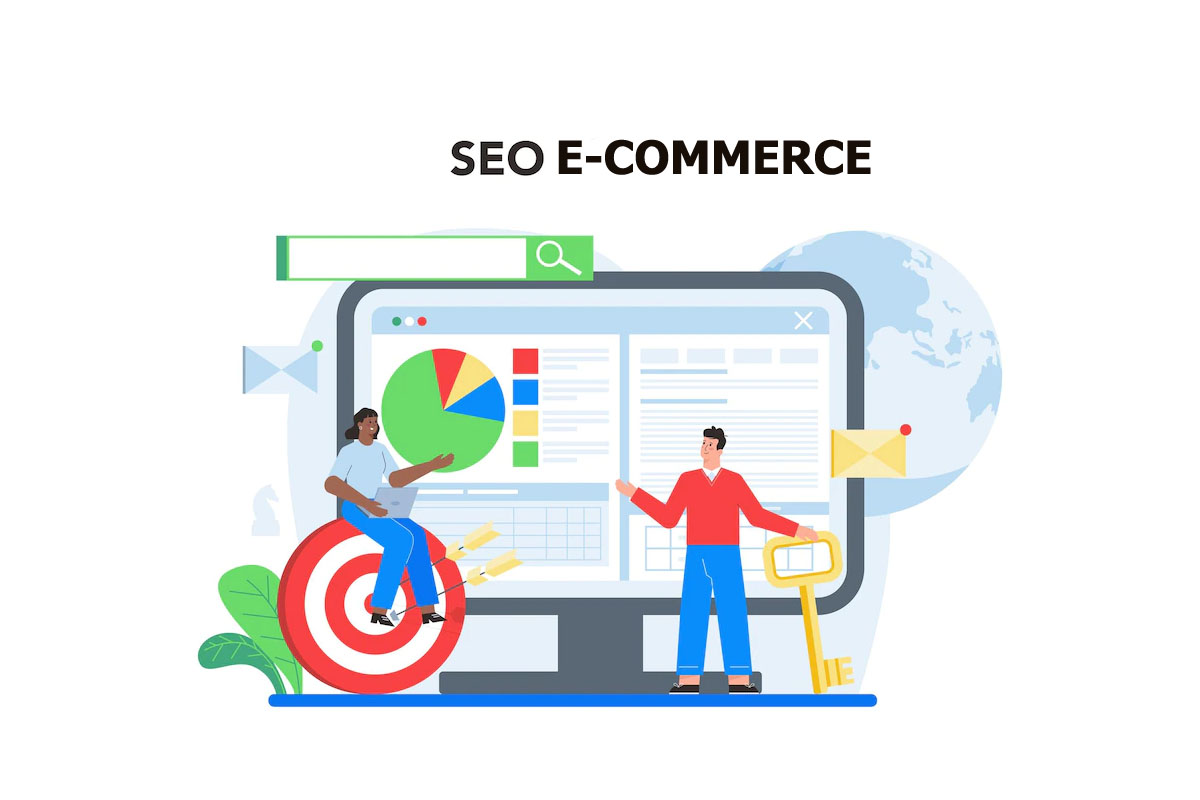SEO E-commerce
Introduction
SEO E-Commerce is a massive pain because aside from the usual SEO to-do list sites like optimizing URL structure and creating the mobile version, you have to deal with dozens, if not hundreds (or thousands?) of product pages and descriptions. But don’t worry – we’ve got you covered.
After reading this article, you will encounter e-commerce websites with your chin up and out, ready to take on anything the multi-layered beast may throw at you.
How To Do Market Research for SEO E-commerce?
Many overlook this part, but market research’s importance cannot be underestimated. Doing thorough market research puts your business in a beneficial position simply because it helps you identify what works, what doesn’t, and what gaps in the industry you can fill. For e-commerce websites, there are two sections of market research:
Search Keywords – SEO E-commerce
Your e-commerce website needs visitors to generate revenue – that’s a fact. But let me ask: Which do you prefer, a website with 300 or 3,000 visits per day?
You might be wrong if you answered 3,000 visits per day, but if you say 300 visits per day, you might also be incorrect. So what is the correct answer?
It depends on the intention of the buyer from the visitors. Most of your 3,000 visitors might be regular browsers, so you’ll get low conversions. But, on the other hand, a trivial 300 visits may be people with high purchase intent and thus will bring you!
So how do you find traffic that brings you money? This is where keyword research comes in.
Finding the right keywords is both easy and free. Of course, you can use premium tools like Long Tail Pro to get keyword competitiveness, but you can also use Google Keyword Tool for keyword analysis.
Competitor Search
To dominate your industry, you only have to do two things: see what your competitors are doing and then do better. This is the essence of competitor research, but it’s easier said than done. Not to worry, though – we’ll show you how!
Spying on your competitors is not difficult if you know where to look. Open Web Explorer and Ahrefs are tools you can use to check your competitors’ backlinks. The premium version is costly, but you can always purchase the SEO package.
Site Audit
Now that market research is out, let’s move on to the Site Audit. Conducting a site audit is a check to see if your site needs improvement in various areas.
Identify potential areas for improvement. Websites are always open for improvement. Things like website speed are areas you can continually improve.
Locating Site Errors
With e-commerce sites having the potential to have hundreds of pages of products and descriptions, errors are widespread.
You may have decided to stop selling a specific product or model and delete the entire product page. This will return a 404 Not Found error. While 404 errors are technically harmless, they misuse the website and, in some way, lead to customers being rejected.
Search Engine Optimization Page – SEO E-commerce
We are sure you have heard about this many times. While on-page SEO is necessary, you cannot ignore that proper on-page optimization is also essential. I like On-Page SEO because it’s free, and you have complete control over it.
We usually do proper page optimizations before going into the link building to see how high I can rank without building links. For your eCommerce SEO optimization, there are around six major SEO points you should consider:
Optimizing your keywords is optimizing your pages for a single keyword.
This means using keyword(s) (as long as it makes sense) in the following parts of the page:
- Addresses
- Headings and subheadings
- Content (including product descriptions)
- Meta description
- Image file names and Alt tags
- URL
Some common risks of keyword optimization include keyword disintegration and over-optimization.
As daunting as it may sound, keyword throttling occurs when multiple pages are used to target a single keyword. This is a significant no-negation; you’re better off using those pages to target different keywords.
If you use your keywords a lot, your pages may suffer from over-optimization, which can harm your ranking. Therefore, we highly recommend using a keyword density of around 2% for your entire page. You can use a free tool from SEO Book to check your keyword density.
Internal Linking
An internal link links to other pages within your website. This can help your visitors navigate your site and improve the flow of “link juice”, thus ranking for your top keywords for your SEO E-commerce website.
It would help if you did this sparingly, but only where internal links make sense. If you do this too often, search engines will think you’re doing something fishy. It would help if you also changed your anchor texts.

